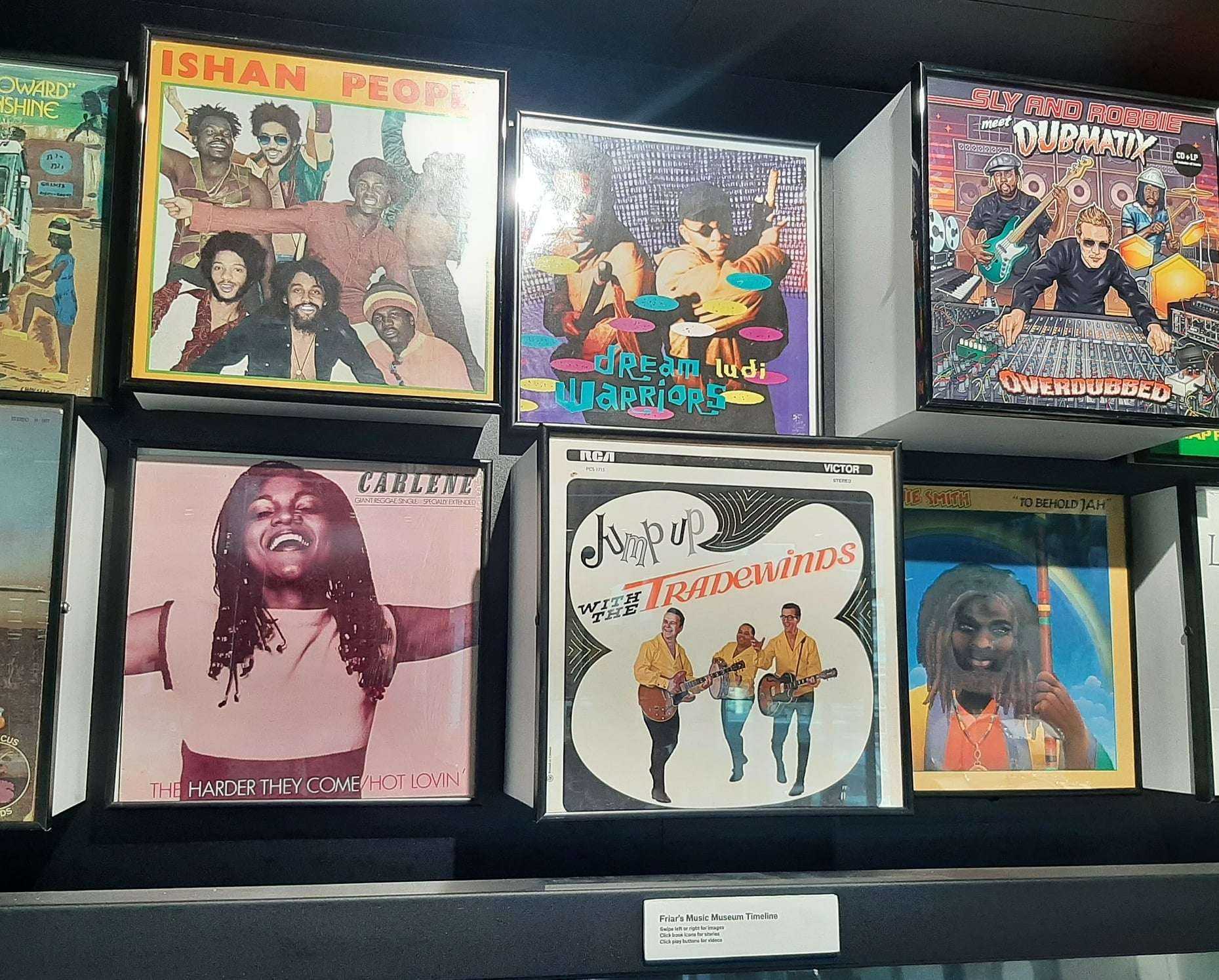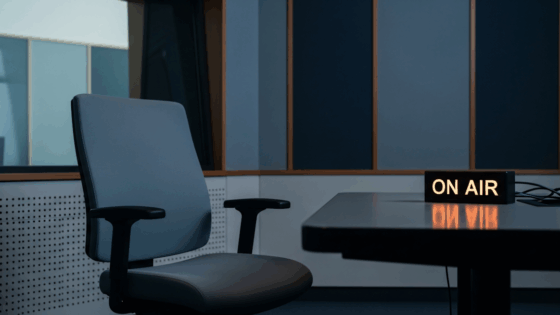on
BY SIMONE J. SMITH
It has been a long, cold, grey winter, and when people think about Canada, they associate it with the snow and the cold. What some people may not know is that Canada is full of culture. It is a mesmerizing mix of people, customs, language, cuisine, and music. The Canadian cultural mosaic is colourful, and there is one group of people who bring the pallet to life, the people of the Caribbean.
They are a people rooted in their rich heritage, shaped by a long history of colonization, and moulded by waves of immigration. The culture is an intriguing blend of colonial and native elements; shaped by each country’s socio-cultural experiences. It may have a cold climate, but Toronto, Ontario, Canada has long been a hotbed of Caribbean cuisine, customs, and music.
By the 1980s, the city was known as the second-biggest source of reggae on the planet, second only to Kingston, Jamaica. Outside of Eglinton West, Toronto’s Yonge Street was alive with the sounds of Jazz, R&B, and Reggae. From 1947 when Toronto “The Good” issued its first liquor licenses to the hotels of Yonge Street to the mid 1970’s before the Eaton Centre and the strip clubs, music is what set Toronto apart from all other cities in Canada.
I had the pleasure of being invited to the opening of a global legacy now being showcased in Rhythms and Resistance at the Friar’s Museum. It is the first ever exhibition of its kind, celebrating a wide range of Caribbean sounds in Toronto, the many artists who produced them and the cultural soundtrack they created. Rhythms and Resistance is on permanent display at the Friar’s Museum. Located in the Shoppers Drug Mart south of Yonge – Dundas Square, the exhibit is now hosted in a legendary building that housed the Hard Rock Cafe and famed nightclubs The Friar’s and The Nickelodeon.
This triumphant tribute to Reggae music was no easy task. I want to recognize the team that brought this all together: the Downtown Yonge Business Improvement Area, Klive Walker (Curator), Downtown Yonge Chief Operating Officer and Executive Director Mark Garner, Nicholas Jennings (Curator, Musical Journalist), The Toronto Music Museum, and The Friar’s Museum. They had to go against some tough odds to get this exhibit up and going. For them, it is all worth it.
“Caribbean music has been vital to Toronto’s cultural development over the course of a century,” says Downtown Yonge Chief Operating Officer and Executive Director Mark Garner. “The exhibition’s name reflects the history of Caribbean music in this city as one of resistance to injustice.”
When I arrived downtown, I was welcomed into the exhibit by Mark Garner and Curator Klive Walker. Klive is an author, cultural critic and music historian specializing in reggae culture, its origins in Jamaica and its adventures in Canada, the United States and the UK. His book, Dubwise: Reasoning from the Reggae Underground, was published in 2005. He has written for CBC Music and the Toronto International Film Festival (TIFF) Review.
The only person I was not able to chat to that day was Nicholas Jennings. Nicholas Jennings is one of Canada’s leading music journalists, a music historian, curator, cultural heritage preservationist and author of several bestselling books. His passion for Caribbean music found an outlet in the Toronto Star and eye weekly newspapers, where he often wrote about reggae artists.
Upon entering, I was transported back to a time; for those few moments, I was reminded about how proud I was to be of Caribbean descent. As I looked at the vast collection of artifacts, I was immersed into the memories of diverse rhythms, melodies and lyrics – all underpinned by a burning demand for equality. There are hundreds of photographs, posters, handbills, recordings, videos, instruments, costumes, clothing and assorted ephemera related to calypso, reggae, soul, funk and hip-hop musicians in Toronto, dating back to the first arrival of Caribbean immigrants in the 1940s, ’50s and ’60s.
Bob Marley, Lillian Allen, Jackie Mittoo, Louise Bennett, the Mighty Sparrow, JoJo Bennett, Leroy Sibbles, Michie Mee, pictures that I had never seen were on full display. The exhibition features images by such prominent photographers as Boris Spremo, Joan Latchford, Rick McInnis and Isobel Harry. There are rare photographs of Bob Marley, Jamaica’s greatest superstar performing and playing soccer in Toronto. Nostalgically I admired an authentic Bob Marley autograph, concert tickets and a vintage “Natty Dread” t-shirt, similar to the one he wore onstage at Massey Hall.
I was happy to see display cases prominently featuring hip-hop and R&B. Michie Mee, Maestro Fresh Wes, Dream Warriors; with their Caribbean-influenced sound, these artists were the hip hop pioneers who first put Toronto on the map and paved the way for global superstars like Drake and The Weekend.
Music lovers from around the world; this exhibit will tantalize your musical taste buds and resurrect your love for great music. I want to share a little bit of what you can expect:
- the illuminated sign for the Record Nook, the music store at 1400 Bathurst Street run by reggae legends Jackie Mittoo and Lord Tanamo
- the flugelhorn of the late JoJo Bennett, the beloved bandleaders of award-winning reggae band the Sattalites.
- The original hand-painted sign advertising the first Caribana, which began in 1967 and grew to become one of the largest annual Caribbean carnivals in the world
- a rare recording by JoJo & the Fugitives, one of the scarcest 7-inch 45 r.p.m. discs in Canadian music. The recording of “Chips-Chicken-Banana Split” was featured on the acclaimed compilation Jamaica to Toronto: Soul, Funk & Reggae 1967-1974
The Toronto Music Museum, the Downtown Yonge BIA, have done an excellent job of collecting and protecting cultural artefacts, instruments, recordings, documents and other materials related to the artists, venues and events that shaped Toronto’s deep, diverse music history. Head down and explore the deep rich history of Caribbean music in Toronto.
Admission is always free.
Stay in the loop with exclusive news, stories, and insights—delivered straight to your inbox. No fluff, just real content that matters. Sign up today!
We, as humans are guaranteed certain things in life: stressors, taxes, bills and death are the first thoughts that pop to mind. It is not uncommon that many people find a hard time dealing with these daily life stressors, and at times will find themselves losing control over their lives. Simone Jennifer Smith’s great passion is using the gifts that have been given to her, to help educate her clients on how to live meaningful lives. The Hear to Help Team consists of powerfully motivated individuals, who like Simone, see that there is a need in this world; a need for real connection. As the founder and Director of Hear 2 Help, Simone leads a team that goes out into the community day to day, servicing families with their educational, legal and mental health needs.Her dedication shows in her Toronto Caribbean newspaper articles, and in her role as a host on the TCN TV Network.












